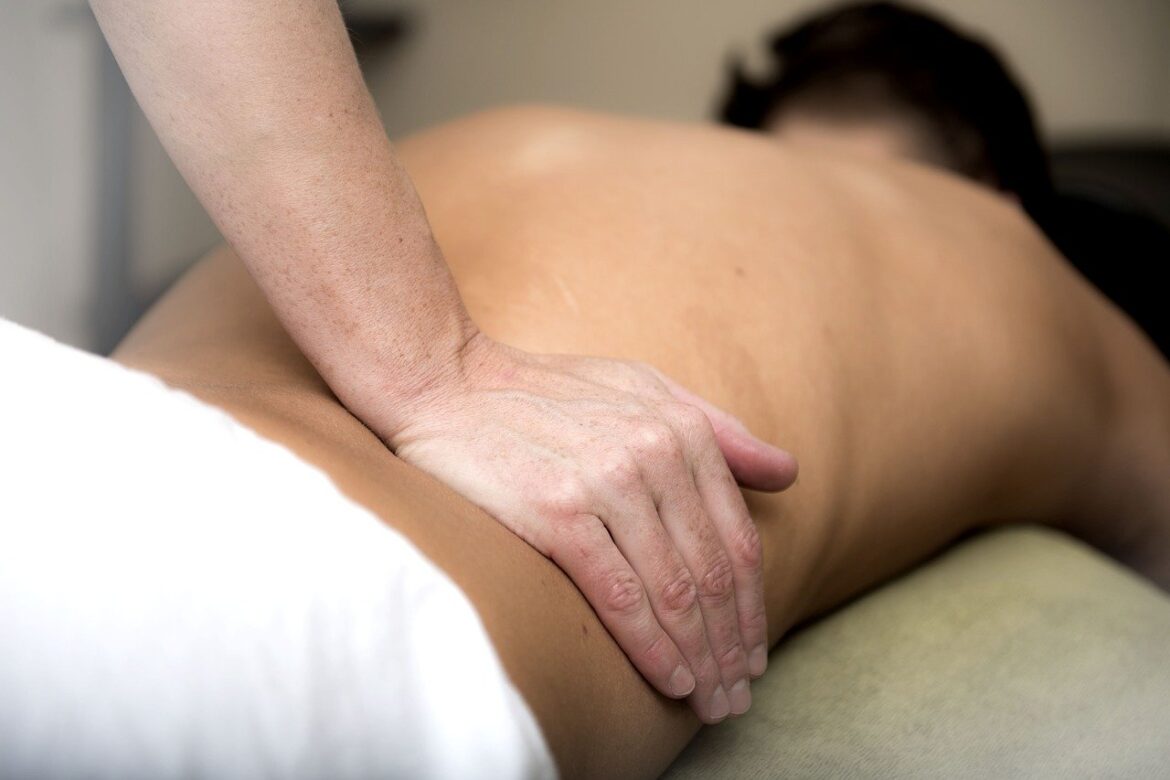How does dry needling work for back pain?
Low back pain affects around 80% of individuals in the United States and is one of the most commonly treated musculoskeletal disorders. Dry needling is a beneficial and unique treatment to help with chronic low back pain. Dry needling works by using filiform needles- which are similarly used by acupuncturists- to elicit a twitch response in a muscle to reduce and eliminate trigger points within the muscles.
There are three major types of trigger points located within the body, including latent, active, and satellite. Latent trigger points are localized tight bands within the muscle that will result in pain with pressure whereas active trigger points will elicit pain without any pressure being applied. Satellite trigger points are extensions of active trigger points and cause pain in the referral area of the associated active trigger point.
How will your body respond to dry needling?
A usual response to dry needling depending on the muscle response and patient’s physiology is mild to moderate muscle soreness at the site of the treatment for about 12-24 hours. Patients are usually able to resume all normal activities after. However, heat or ice is prescribed for the treated area if needed to help decrease soreness. It is most beneficial to give the muscles 48-72 hours of rest to fully heal and recover before performing dry needling again.
Although the exact cause of the low back pain is important in knowing which treatment techniques are most beneficial and worthwhile, dry needling can be an excellent option for patients with chronic low back pain who present with trigger points and muscle restrictions around and near the painful area. It is important to note that chronic low back pain is just one example of conditions that can benefit from dry needling. Persistent pain at all different spots in the body can benefit from dry needling, and your physical therapist can determine if your condition will benefit.
For any questions regarding dry needling, including technique, uses, expected results, or any other inquiries, please contact your physical therapist and see if dry needling could be right for you!


Your information is very interesting. Thank you for sharing